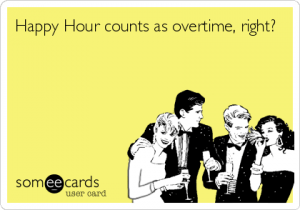 Writing grants to fund nonprofit work is an art as old as time. Archaeologists have found ancients drawings in caves depicting figures hunched over rocks, one hand chiseling, the other hand pulling at hair in obvious frustration at a primitive RFP. They deciphered the chisel marks on the rocks to say, “Making fire good, keep tigers away, help many families. Please see Appendix A for logic model.”
Writing grants to fund nonprofit work is an art as old as time. Archaeologists have found ancients drawings in caves depicting figures hunched over rocks, one hand chiseling, the other hand pulling at hair in obvious frustration at a primitive RFP. They deciphered the chisel marks on the rocks to say, “Making fire good, keep tigers away, help many families. Please see Appendix A for logic model.”
Still, as old a skill as grantwriting is in our field, it is still tricky. So today, I want to lay down our field’s standard process for writing an awesome proposal. This post is mainly for those who are learning the ropes of grantwriting. If you’re an advanced grantwriter, you can skip this post entirely and read something else, like about how people in our field misuse “literally.” If you’re a novice, just follow these steps below, which is a process that many of us in the sector follow, and you are guaranteed to write kickass, winning grant proposals. (Disclaimer: There is no guarantee that following these steps below will result in kickass, winning grant proposals). Continue reading “10 steps for writing a kickass grant proposal”




